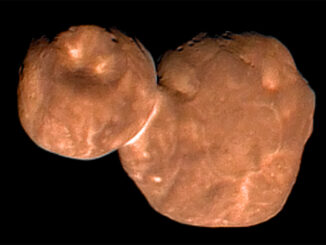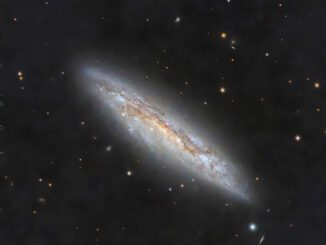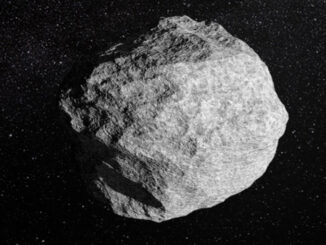
Month: February 2025

News

Observing

News

Reviews

News

News

Observing

News








© 2019 Pole Star Publications Limited